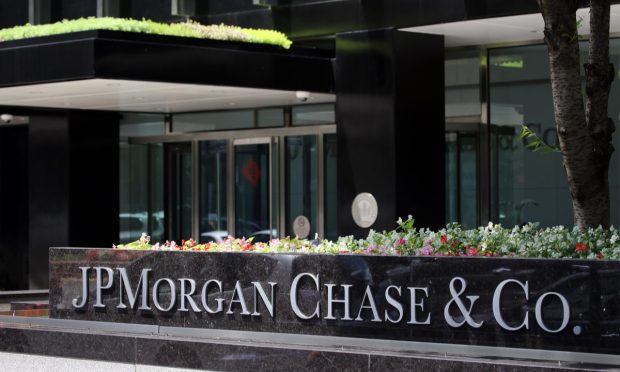JPMorgan’s Dimon: Competition Between Banks and FinTechs Is ‘Intensifying’

There are few certainties in the world — but among them, as noted by Jamie Dimon, CEO of JPMorgan Chase, in his annual letter to shareholders:
“The growing competition to banks from each other, shadow banks, FinTechs and large technology companies is intensifying and clearly contributing to the diminishing role of banks and public companies in the United States and the global financial system.”
Dimon’s letter is routinely parsed by investors and executives (and all manner of other observers) for thoughts about the economy, about inflation and the geopolitical stage. And in his annual missive, he stated that the world’s economy will slow, in part due to the economic sanctions on Russia and noted that “over time” his own bank could lose about $1 billion due to the ongoing conflict in the region. As for the slowing growth, Dimon said that the U.S. could see 2.5% GDP growth, where estimates had been 3%. For the Euro zone, that number slips to 2% growth versus a previously estimated 4.5%.
Drilling down into the competitive landscape between traditional financial institutions (FIs) and digital upstarts, Dimon said that non-banks — from payments companies and FinTechs to exchanges and Big Tech — are directly competing with banks and do so while operating outside the banking regulatory system.
Dimon also noted that as much as $130 billion was invested in FinTech last year, which has allowed them “to speed things up — and at scale.”
To get a sense of the competitive pressures, Dimon wrote that U.S. banks’ loans in an 11-year period have only grown 65% and now represent only 8% of total U.S. debt and equity markets, down from 11% in 2010. Banks’ share of mortgage originations has gone from 91% to 32%.
“Neobanks, now with over 50 million accounts, bypass the Durbin Amendment and so earn higher revenue per debit swipe — and they don’t have to abide by certain other regulatory or social requirements,” he said, adding, “I can go on and on, but suffice it to say, we must be prepared for this trend to continue.”
With a nod to what might change, he said that amid the intensifying competition, there will be mergers between the thousands of banks operating in the states — they will need to merge in order to create their own economies of scale.
“As they adopt new technologies like cloud, artificial intelligence (AI) and digital platforms, banks may have an advantage in being able to leverage their large customer base to offer increasingly comprehensive products and services, often at no additional cost. While many FinTech companies specialize in one area, you already see many FinTechs moving in this direction — trying to deepen and broaden their client relationships,” he wrote.
JPMorgan’s Strategic Focus
Dimon pointed to JPMorgan’s own efforts, where the banking giant continues to make large, multi-year investments to improve payments and to compete more directly with banking peers and with FinTech firms. JPMorgan has invested $1.5 billion since 2016 in technology, operations and controls, and has increased share of treasury services from 4.5% in 2016 to 7.2% last year and has been capturing momentum in real time payments.
“We now process payments for eight of the top 10 global Big Tech companies (up from three out of 10 companies five years ago), consistently winning business from strong competitors. We continue to bring to the market and commercialize innovative products, such as embedded banking; AI-driven fraud controls and forecasting; and account validation and programmable payments on JPM Coin,” he wrote.
The company should achieve double-digit market share in payments, said Dimon. And with a nod toward consumer-facing products, Dimon wrote, the firm has spent $100 million since 2017 on AI, machine learning and other technology initiatives to improve fraud risk systems.
“We know this investment is working. Our annual fraud losses have come down 14% since 2017 despite volumes being up almost 50%, and we estimate that our technology investments alone contributed about $100 million in annual savings,” he wrote.
